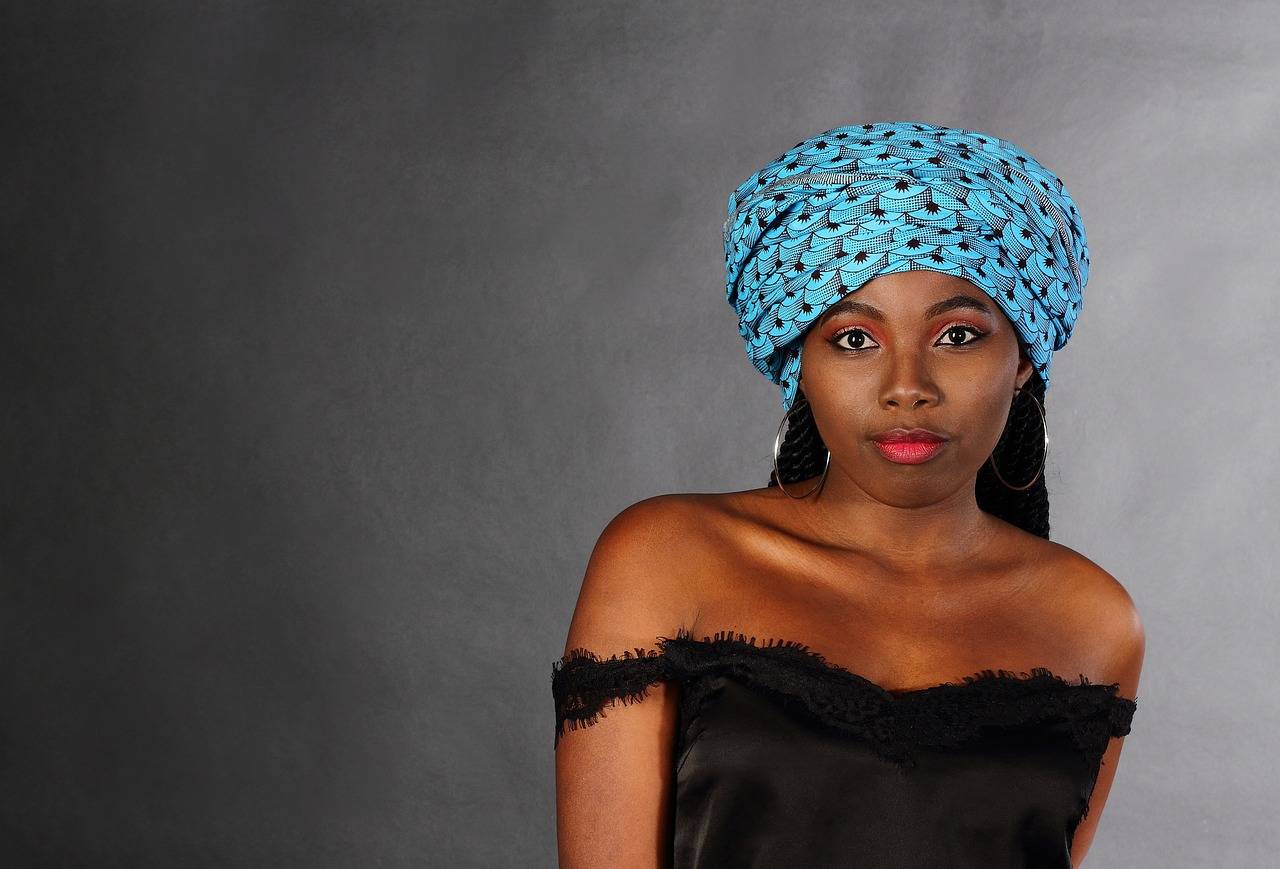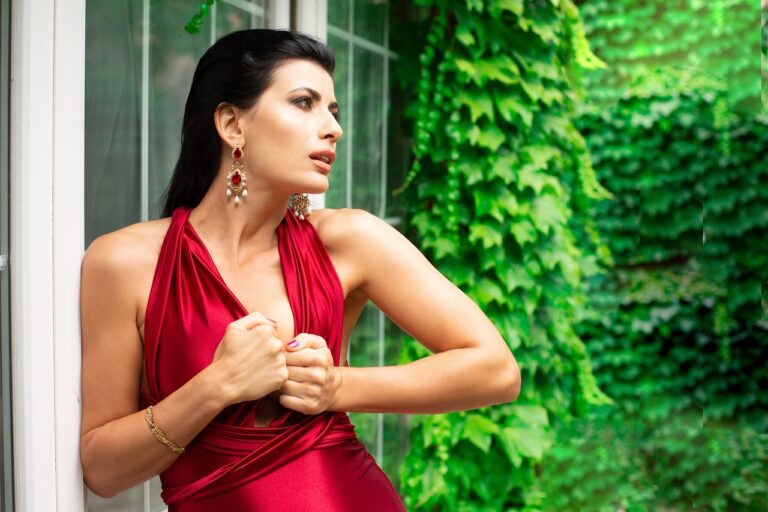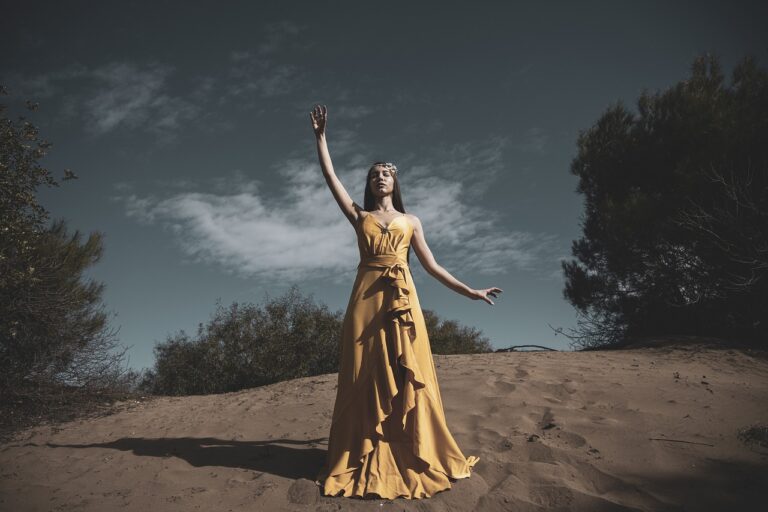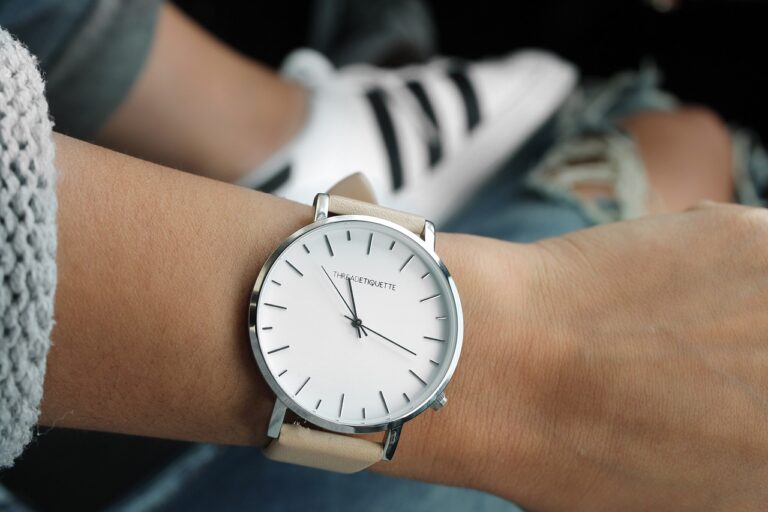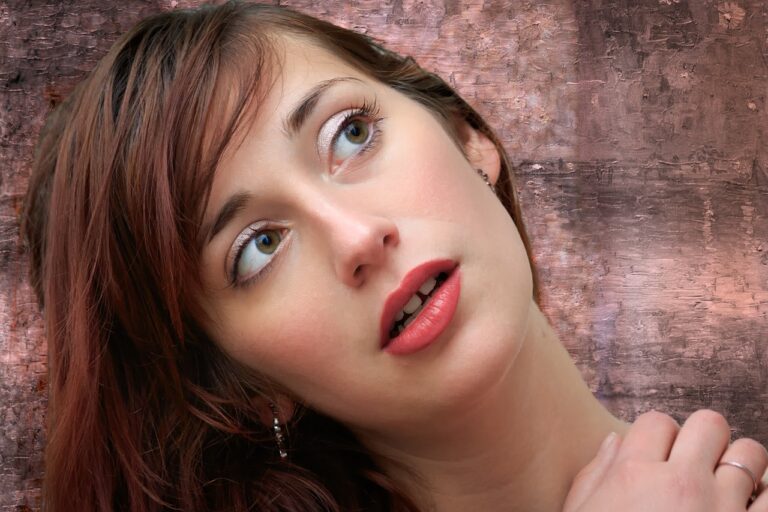Fashion and Body Image: Fashion Industry’s Role in Body Positivity Movement
The portrayal of unrealistic beauty standards in the fashion industry has a profound impact on individuals’ body image perceptions. Through airbrushed images and narrow depictions of beauty in advertisements and fashion shows, a narrow definition of attractiveness is perpetuated, leading many to strive for unattainable ideals. This can create feelings of inadequacy and self-doubt among consumers, especially young people who are more susceptible to these influences.
Moreover, the fashion industry often glorifies certain body types over others, promoting an unhealthy and unrealistic view of what beauty should look like. The continuous emphasis on slimness and youth in fashion perpetuates a skewed sense of self-worth based on physical appearance. This can lead to body dissatisfaction and contribute to the development of detrimental behaviors such as disordered eating and low self-esteem. Ultimately, the fashion industry plays a significant role in shaping societal beauty standards and influencing how individuals perceive their own bodies.
The Evolution of Beauty Standards in Fashion
In the ever-changing landscape of the fashion industry, beauty standards have continually shifted over time. What was once considered the ideal body shape or facial features in the past may not hold the same status in today’s fashion world. This continuous evolution reflects the dynamic nature of society’s perceptions of beauty and how they are influenced by various factors.
Throughout history, beauty standards in fashion have been shaped by cultural norms, artistic movements, and influential figures within the industry. From the hourglass figure idolized in the mid-20th century to the more inclusive and diverse representations of beauty seen today, the evolution of beauty standards in fashion mirrors the shifting values and attitudes of society as a whole.
How has the fashion industry influenced body image?
The fashion industry has played a significant role in shaping beauty standards by promoting certain body types as ideal through advertising, fashion shows, and media representation.
How have beauty standards evolved in fashion over time?
Beauty standards in fashion have evolved significantly over time, from the preference for curvy figures in the Renaissance era to the thin, tall models of the 20th century. Today, there is a growing movement towards inclusivity and diversity in beauty standards.
What impact do beauty standards in fashion have on society?
Beauty standards in fashion can have both positive and negative impacts on society. While they can inspire creativity and self-expression, they can also lead to unrealistic expectations and low self-esteem among individuals who do not fit the mold.
How can individuals navigate changing beauty standards in fashion?
Individuals can navigate changing beauty standards in fashion by prioritizing self-acceptance, embracing diversity, and challenging societal norms. It is important to remember that beauty comes in all shapes, sizes, and colors.

